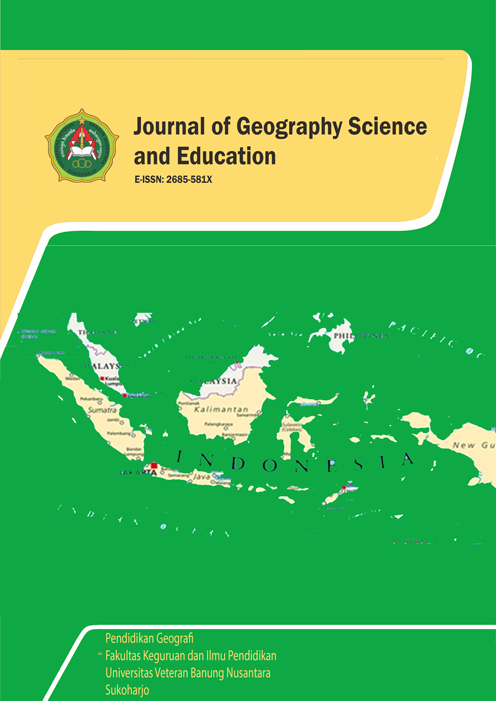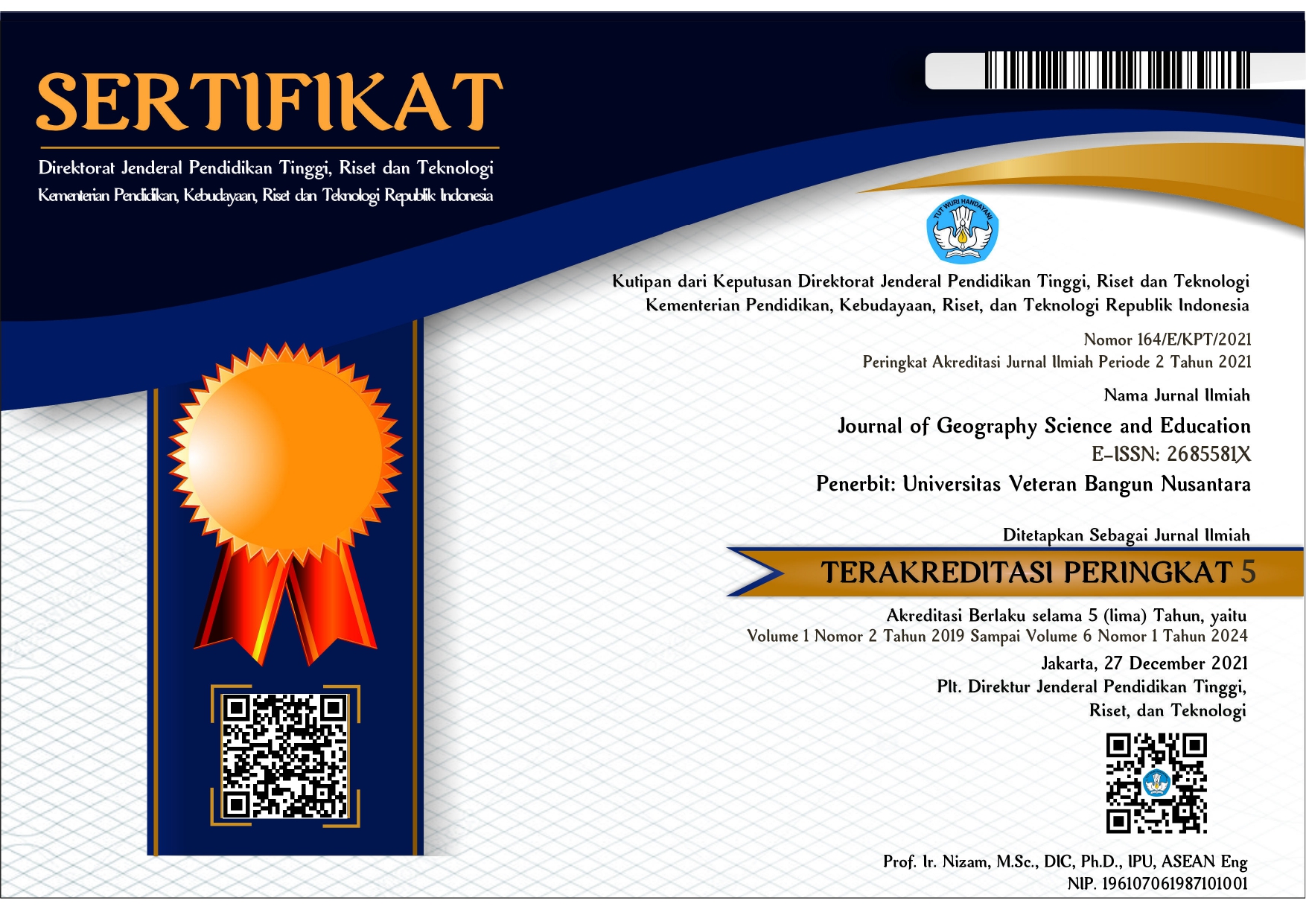Analysis of the Management of Hazardous and Toxic Waste (B3) in a dairy processing company
DOI:
https://doi.org/10.32585/jgse.v6i1.4987Abstract
This article discusses the analysis of hazardous and toxic waste (B3) management in a dairy processing company. The research methods used include Literature Review, Field Study, and Interviews. The research findings reveal the types of waste generated, hazardous waste management permits (B3), temporary storage facilities for B3 waste, classification of stored B3 waste, B3 waste balance, B3 waste reporting, B3 waste treatment, emergency response readiness, and B3 waste management by third parties. The company has complied with all regulations related to B3 waste management, especially Minister of Environment and Forestry Regulation Number 6 of 2021 concerning Procedures and Requirements for Hazardous and Toxic Waste Management. This document provides in-depth insights into the B3 waste management process in the dairy processing company.
Downloads
Downloads
Published
How to Cite
Issue
Section
License
Copyright (c) 2024 Sapta, Azrhi

This work is licensed under a Creative Commons Attribution-ShareAlike 4.0 International License.
Authors who publish with the Journal of Geography Science and Education agree to the following terms:
- Authors retain copyright and grant the journal the right of first publication with the work simultaneously licensed under a Creative Commons Attribution License (CC BY-SA 4.0) that allows others to share the work with an acknowledgment of the work's authorship and initial publication in this journal.
- Authors are able to enter into separate, additional contractual arrangements for the non-exclusive distribution of the journal's published version of the work (e.g., post it to an institutional repository or publish it in a book), with an acknowledgment of its initial publication in this journal.
- Authors are permitted and encouraged to post their work online (e.g., in institutional repositories or on their website) prior to and during the submission process, as it can lead to productive exchanges, as well as earlier and greater citation of published work.










